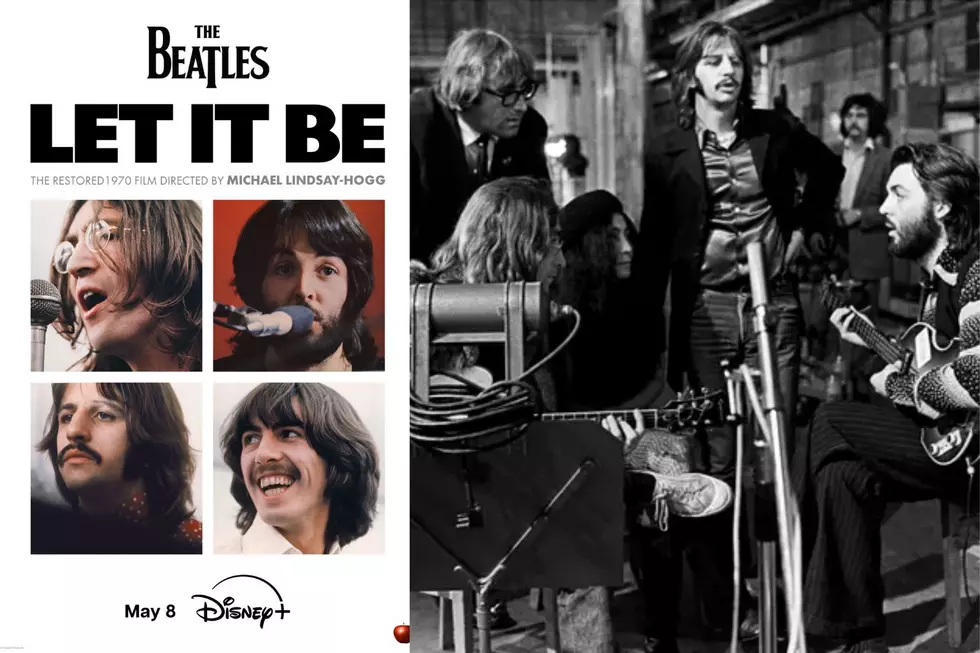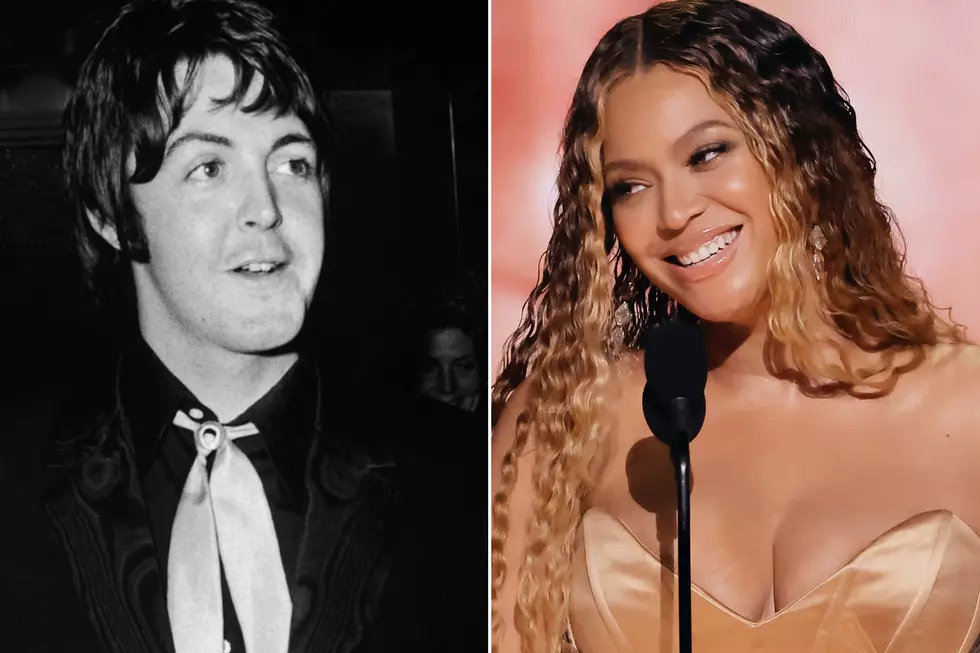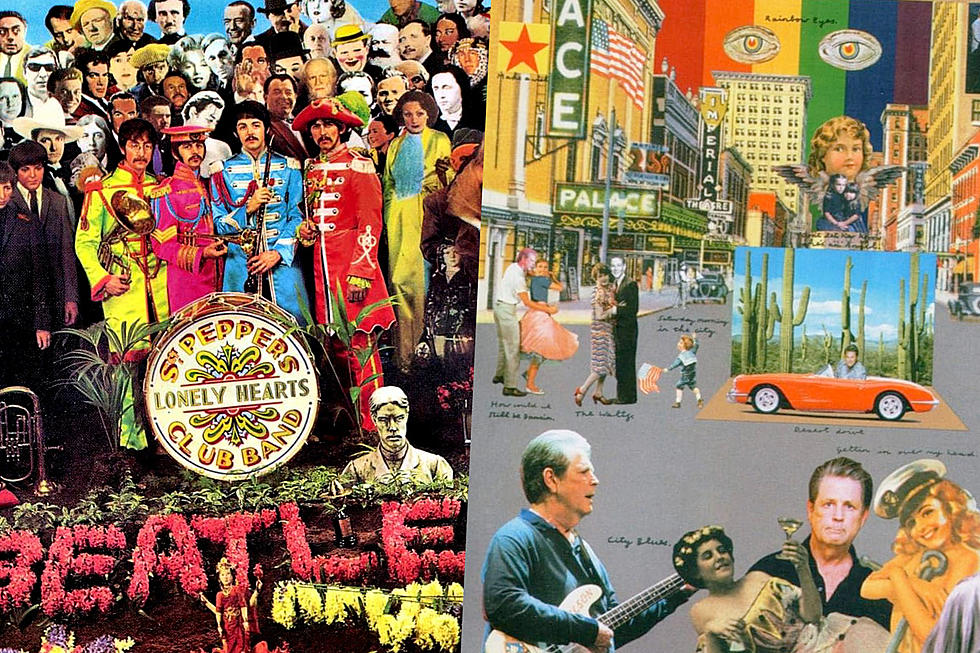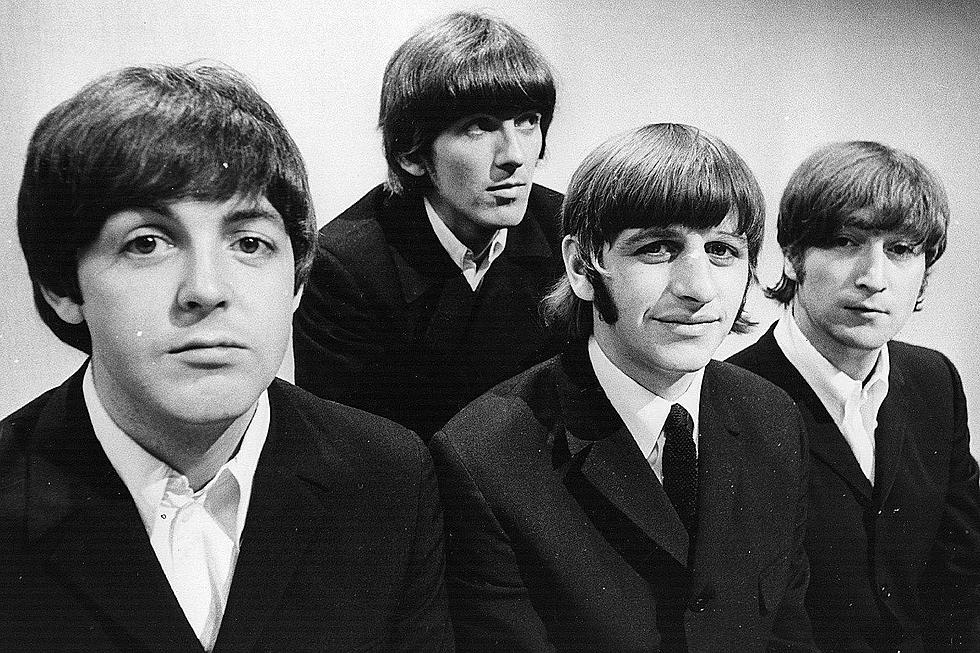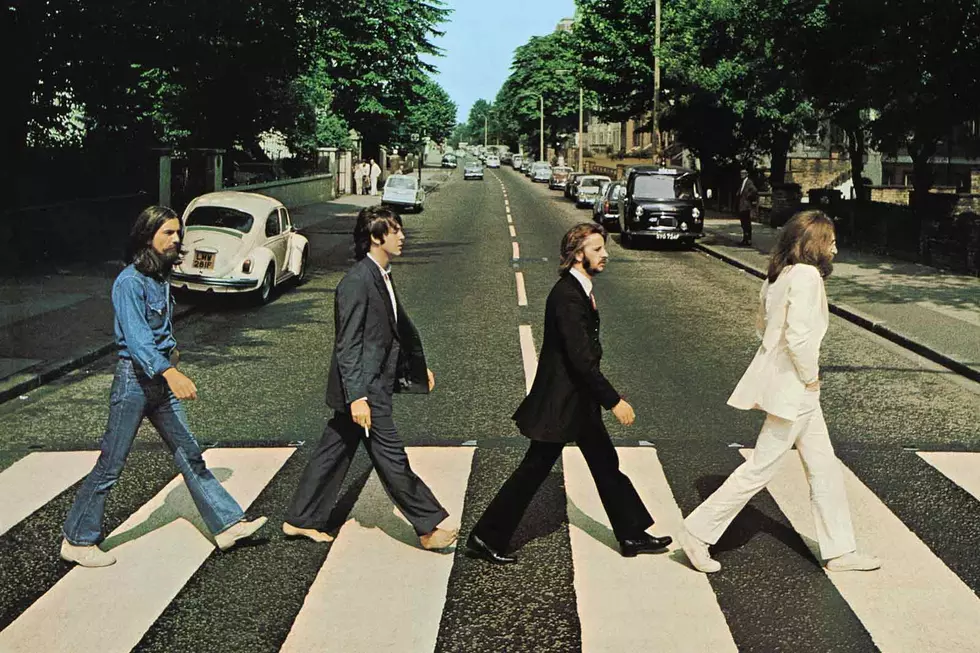
How the Beatles Walked Into History on the ‘Abbey Road’ Cover
The Beatles were responsible for a number of genuinely iconic album covers in their day, including a few that required a significant amount of preparation and art direction.
But for the cover that might be the most iconic of them all, George Harrison, Paul McCartney, Ringo Starr and John Lennon simply walked out into the street outside their studio.
We're talking, of course, about Abbey Road, the penultimate Beatles album (but last to be recorded), which took shape as the band was falling apart in 1969. An effort to get the group back on track after the fairly disastrous sessions for the Let It Be project, this record found the Beatles, as Harrison later put it, feeling "as if we were reaching the end of the line." As with Let It Be, the recording required a series of hard-fought compromises, and although the end result incorporated an ambitious medley that sprawled across its second side, there are facets of the album that, under less taxing circumstances, might have evolved on an even grander scale.
In fact, during the sessions, the working title for the LP was Everest, for engineer Geoff Emerick's favorite brand of cigarettes – and plans initially called for the band members to charter a private jet to the Himalayas and shoot the cover photo there. But with EMI desperate for product and the group fanning its last few creative embers, they settled on a far simpler (and closer) concept: A shot of the quartet strolling through the crosswalk outside their studio on Abbey Road. Around 11:30AM on Aug. 8, 1969, with traffic blocked and photographer Iain Macmillan toting a ladder into the middle of the street. They got the whole thing done in roughly 10 minutes.
"I remember we hired a policeman to hold up traffic while I was up on the ladder taking the pictures," Macmillan later told the Guardian. "The whole idea, I must say, was Paul McCartney's. A few days before the shoot, he drew a sketch of how he imagined the cover, which we executed almost exactly that day. I took a couple of shots of the Beatles crossing Abbey Road one way. We let some of the traffic go by and then they walked across the road the other way, and I took a few more shots. The one eventually chosen for the cover was number five of six. It was the only one that had their legs in a perfect 'V' formation, which is what I wanted stylistically."
Photo in hand, Apple Records art director John Kosh opted to keep the Abbey Road cover design simple – so simple, in fact, that he decided not to include the band's name or the album's title. "I thought, 'Well, this is the biggest band in the world – why would you need to do that?,'" he later laughed. "It was anticipated something coming out of the Beatles. So I decided not to put 'The Beatles' on the cover. They’re walking across the – if you don’t recognize them, you obviously live in a cave."
Not that the decision seemed so simple to EMI chairman Sir Joseph Lockwood, whose demeanor reflected his stuffy title. John Kosh recalled receiving an irate call from Lockwood in the middle of the night. "I get a phone call at 3 in the morning saying, 'You’ve fucked this up. We’re never going to sell an album. You’re a prick.' With a terribly, terribly good English accent – because he’s a blue blood, and I’m not," Kosh continued. "I’m like really scared; I’m about 23 years old. So, I go into Apple the next morning and George is there, and he said, 'Hey man, we’re the Beatles. Don’t worry about it.'"
Sure enough, Abbey Road flew out of stores even without the added labeling -–and actually, the cover's all-consuming focus on Macmillan's photo may have given fans more of a reason to focus on the incidental details of the shot, such as the fact that McCartney wasn't wearing shoes, or the license plate on a car in the background reading "LMW 281F," or the shadowed pedestrian eyeing the Beatles' stroll from the distance. All these elements and more went down in Fab Four lore, with the first two providing proof for conspiracy theorists that Paul McCartney had died several years earlier, spawning a stubbornly persistent rumor in the process.
The aforementioned pedestrian, an American tourist named Paul Cole, was tracked down by reporters many years later, and revealed that he'd been standing on the sidewalk simply because he didn't feel like following his wife into the latest stop on their vacation itinerary. "'I've seen enough museums. I'll just stay out here and see what's going on outside,'" he recalled telling her. "I like to just start talking with people. I walked out, and that cop was sitting there in that police car. I just started carrying on a conversation with him. ... I just happened to look up, and I saw those guys walking across the street like a line of ducks. A bunch of kooks, I called them, because they were rather radical-looking at that time. You didn't walk around in London barefoot."
But it wasn't until Paul Cole's wife bought a copy of Abbey Road that he realized what he'd been watching. "I had to convince the kids that that was me for a while," he laughed. "I told them, 'Get the magnifying glass out.'"
Over time, the crosswalk became a busy tourist attraction in its own right, drawing so many Beatles pilgrims that city officials started having to repaint the wall next to the crossing (pictured on the back cover) several times a year. More troublesome were the countless pedestrians who clogged the street, seeking to commemorate their own Abbey Road cover shot. "I come here all the time and it's always been the same. It really does annoy you," one cab driver told the BBC. "All they're doing is posing on the crossing. Someone's going to get mown down one of these days, there's no doubt about it."
Today, the crosswalk has its own webcam – and with good reason. "That photo's been called an icon of the 1960s," Macmillan mused in 1989. "I suppose it is. I think the reason it became so popular is its simplicity. It's a very simple, stylized shot. Also it's a shot people can relate to. It's a place where people can still walk."
The cover's legacy has inspired countless imitations, and it's certainly lingered for the men who created the shot. Even Paul McCartney who used a retouched version of Macmillan's photo in 1993 to create the cover for his fourth live album, the cheekily titled Paul Is Live. Back in the world's most famous crosswalk, McCartney traded in his former bandmates for a sheepdog on a leash – and this time, he kept his shoes on.
Beatles Albums Ranked
Who Was the Fifth Beatle?
More From Ultimate Classic Rock
